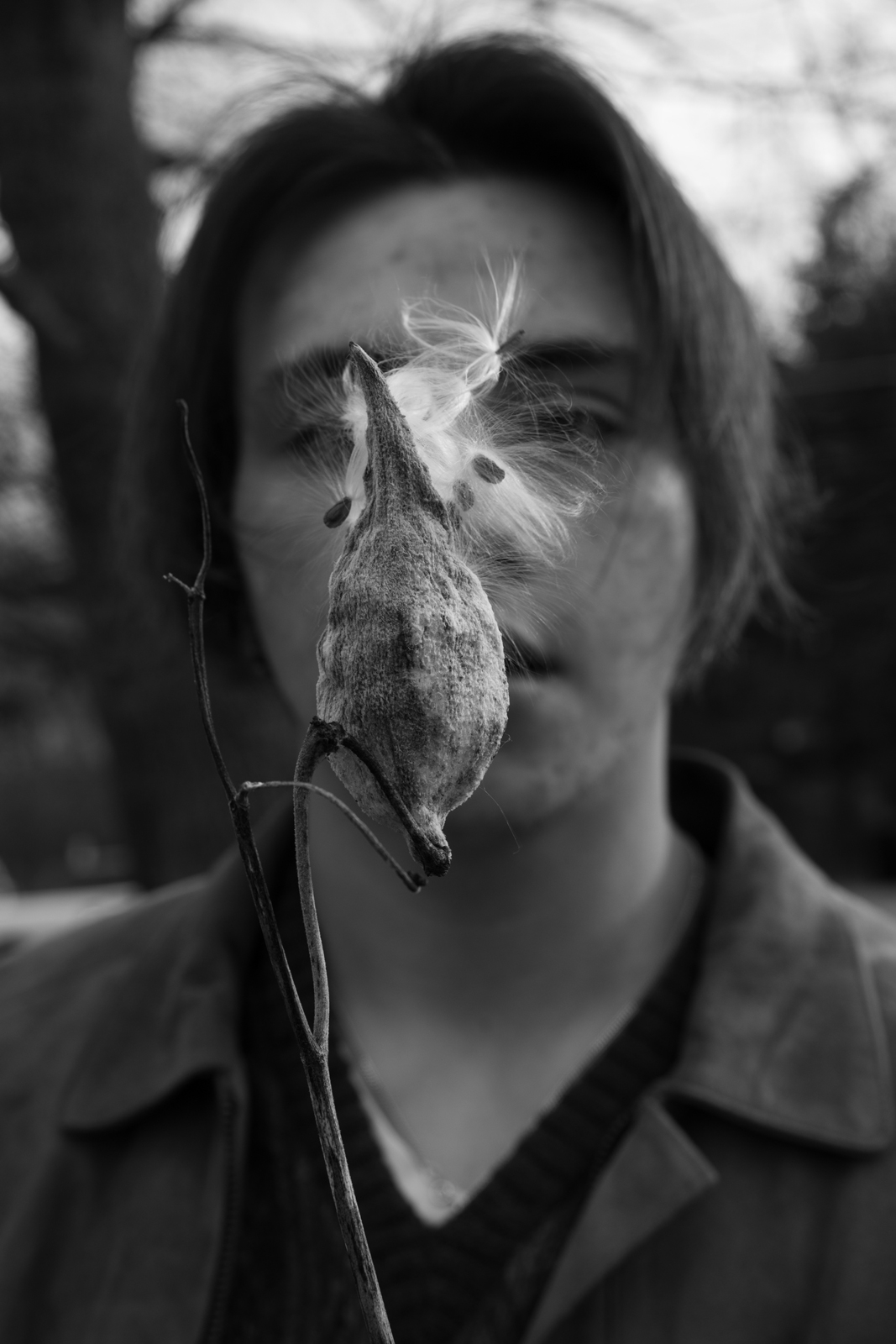

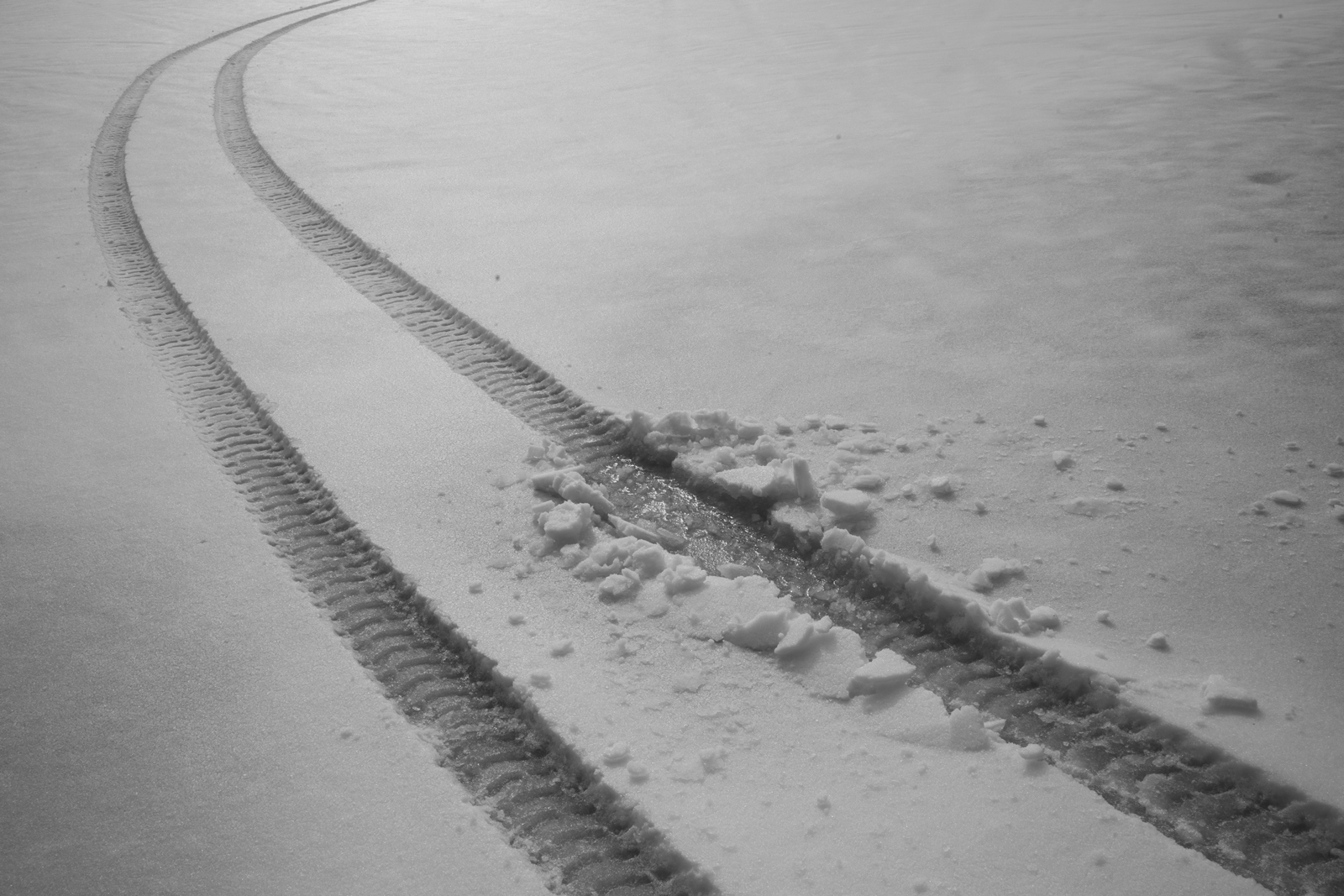
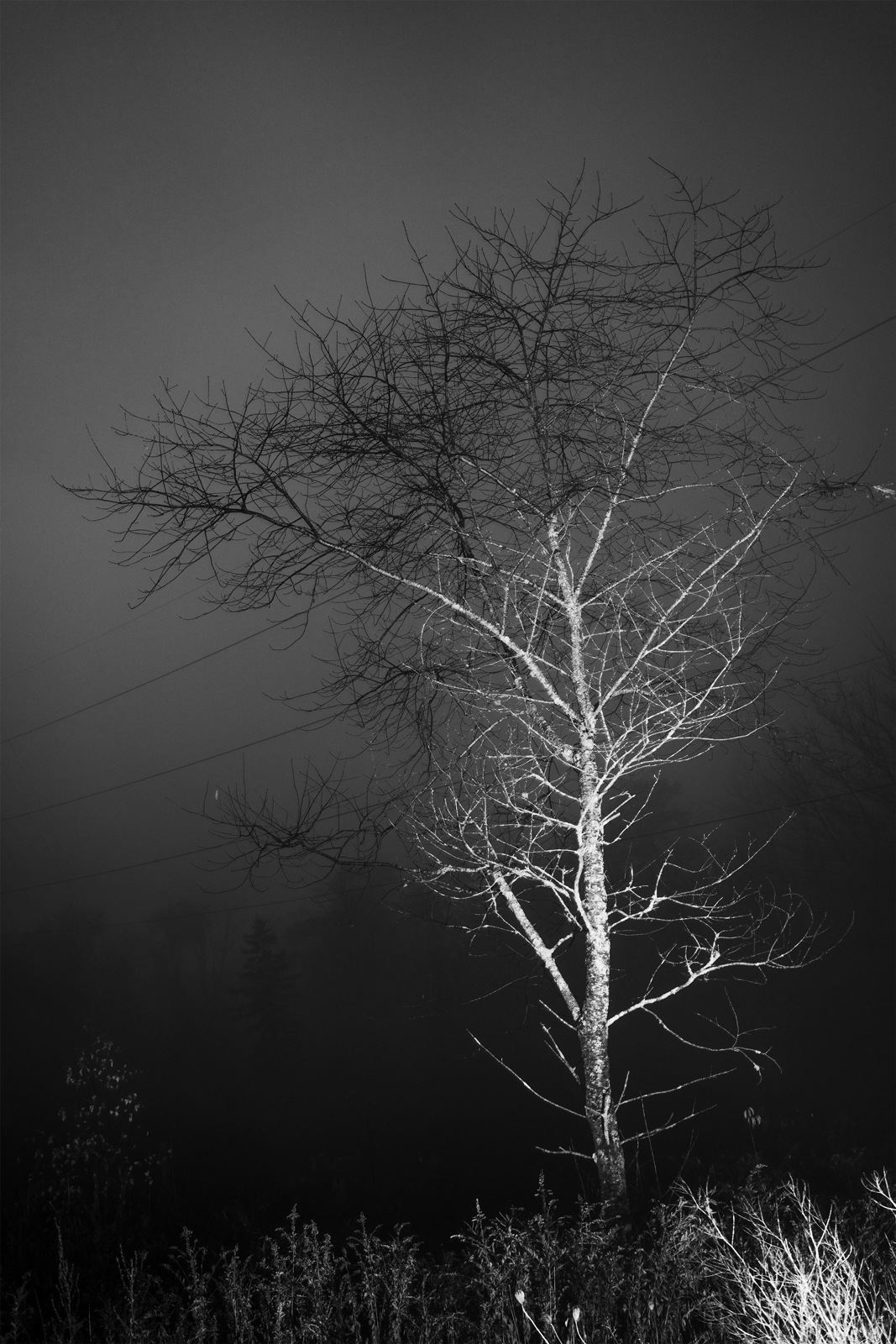
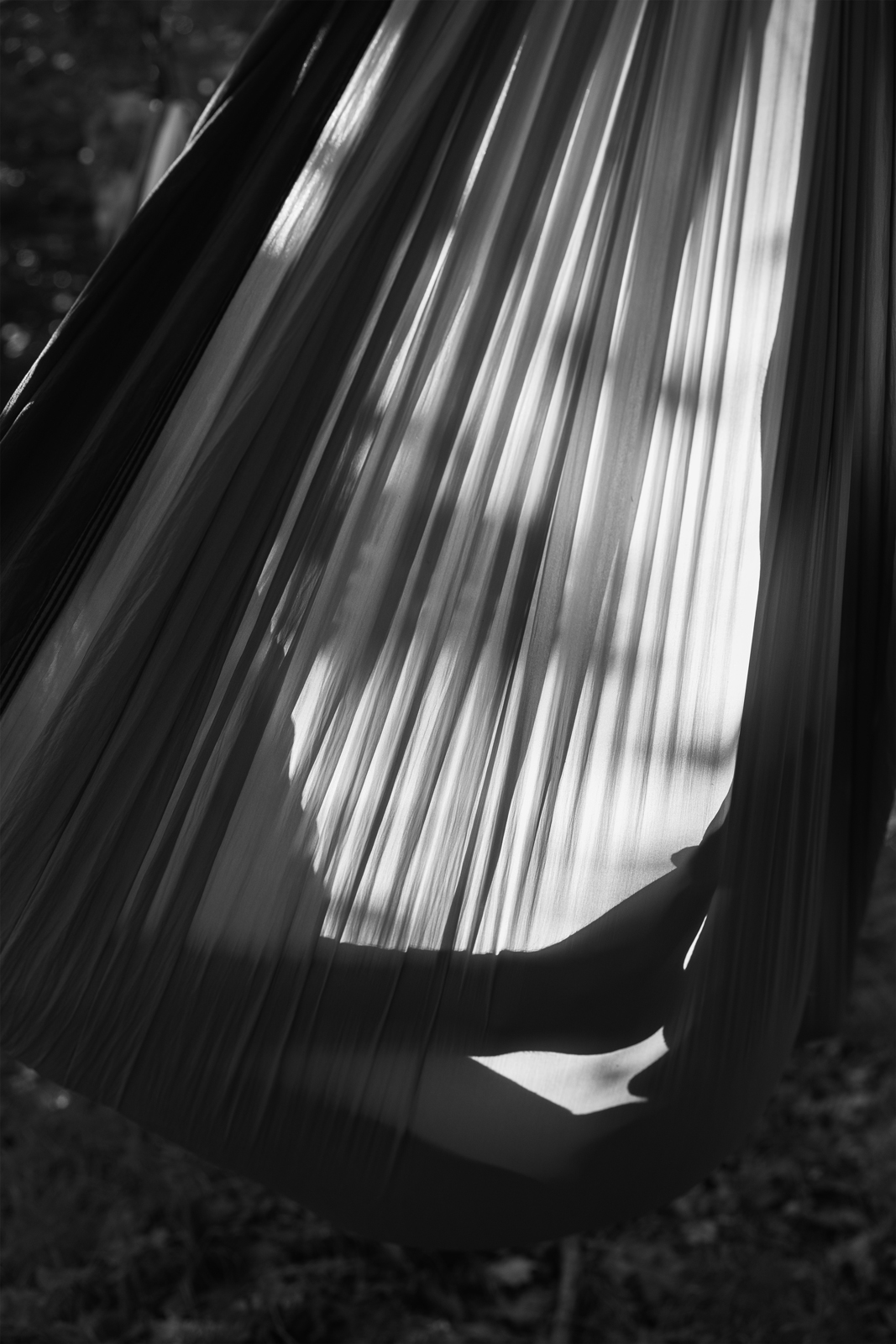

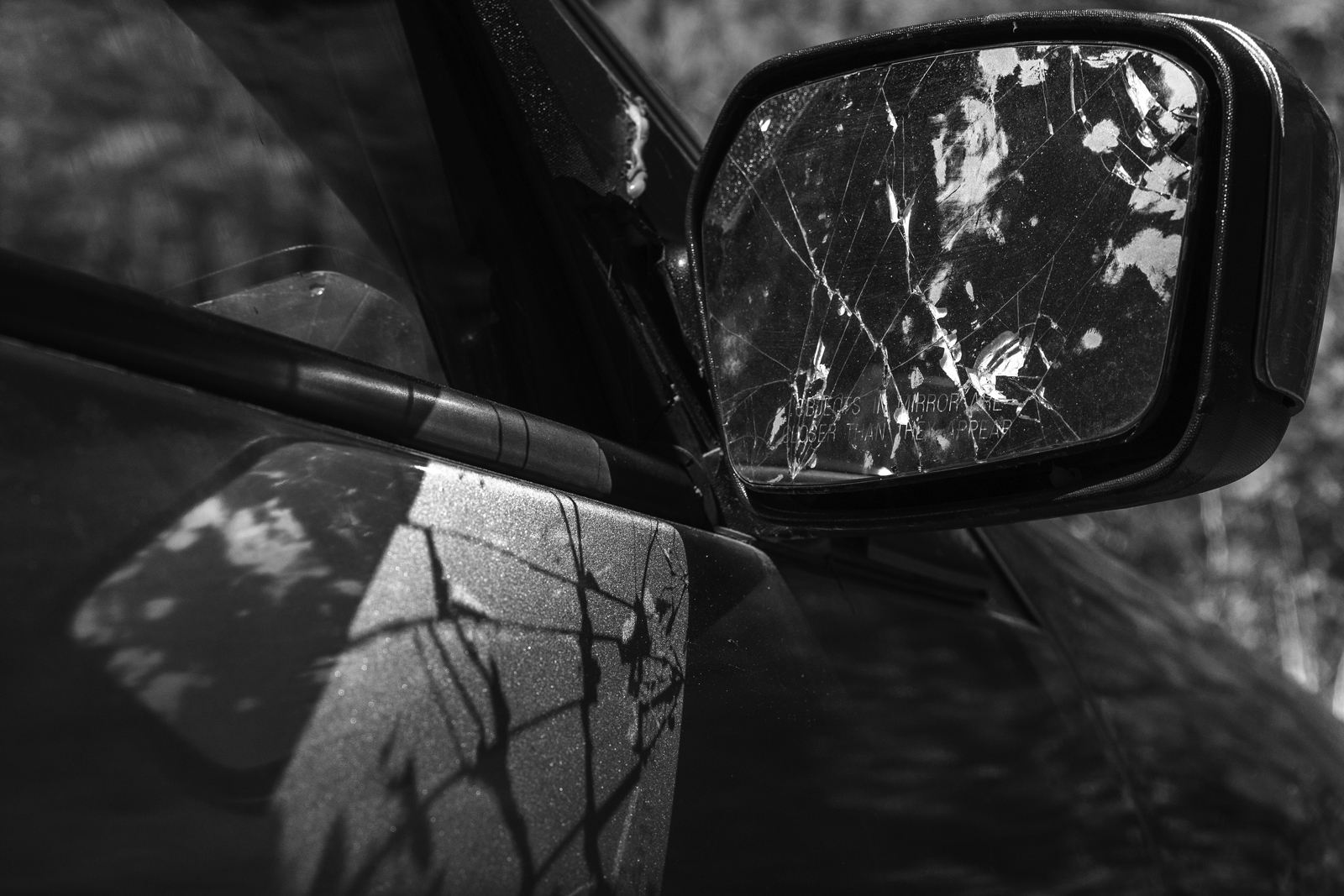
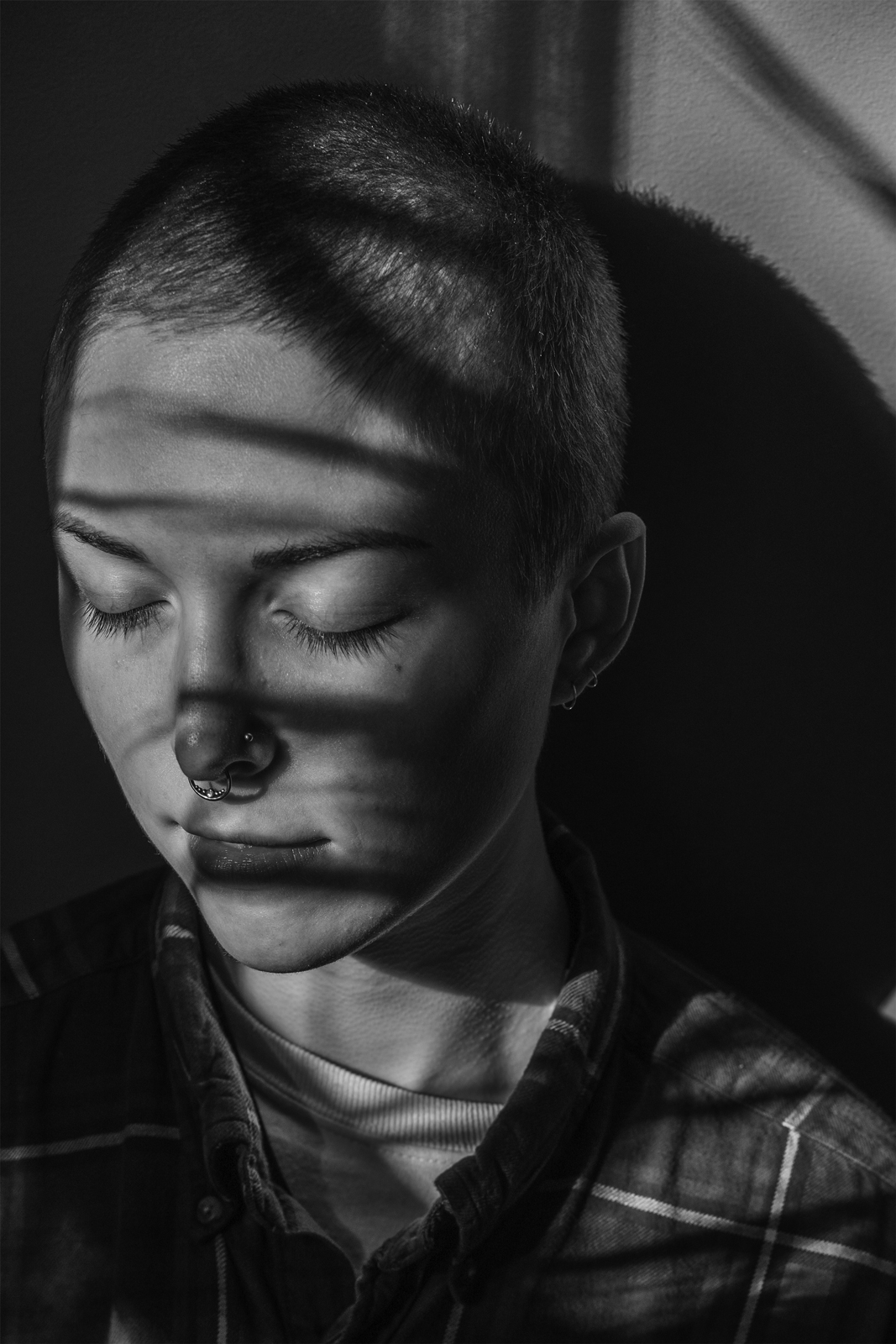

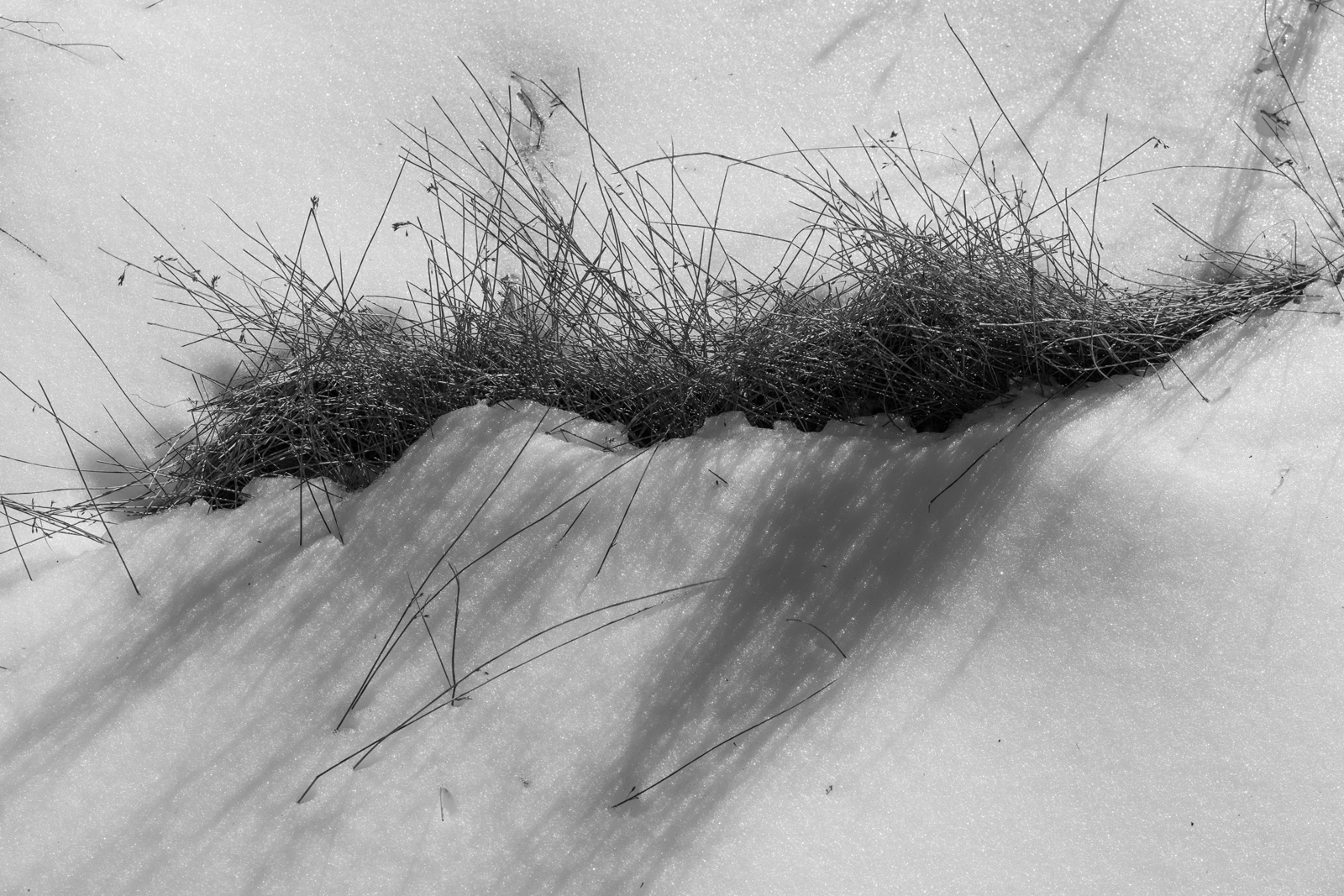



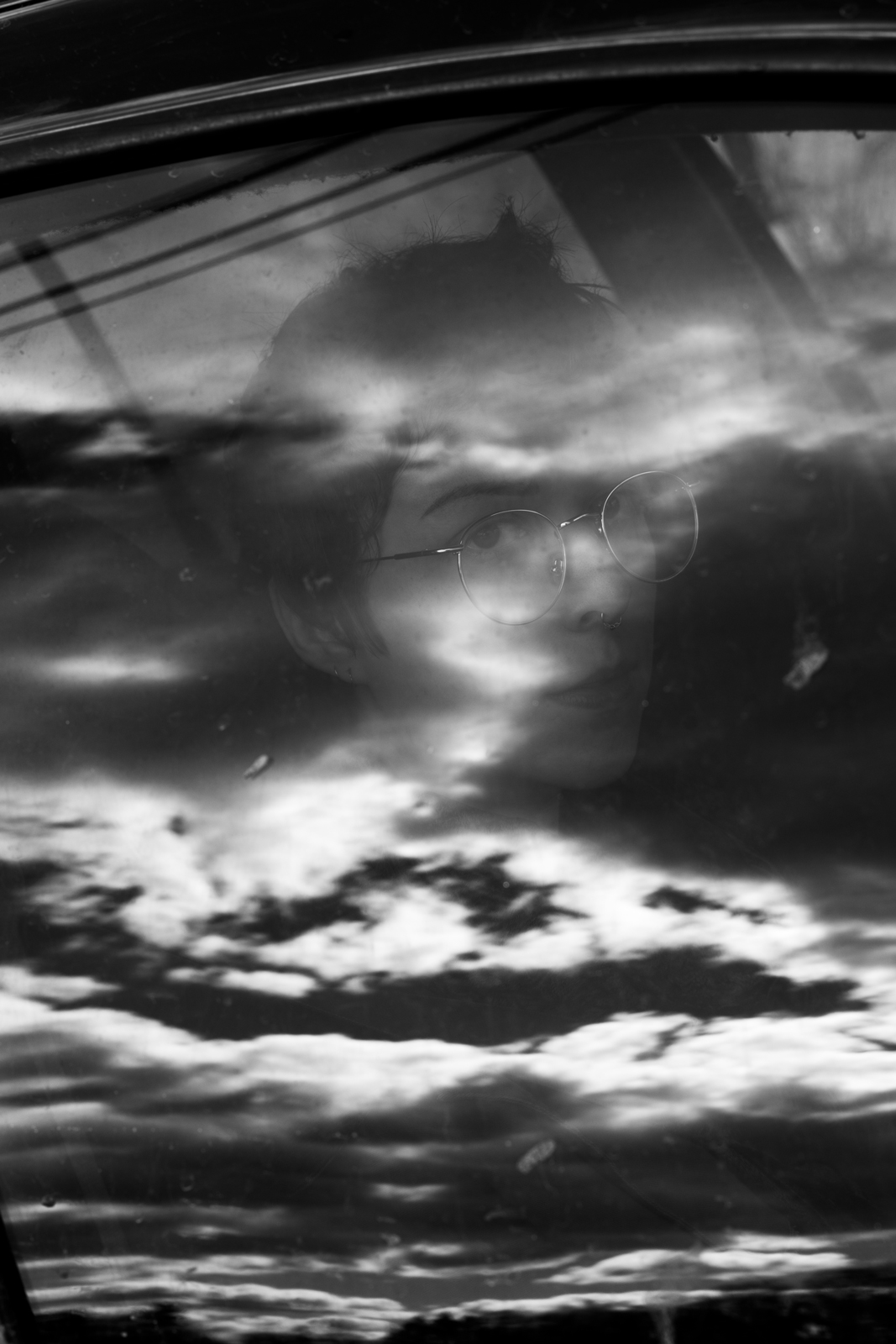



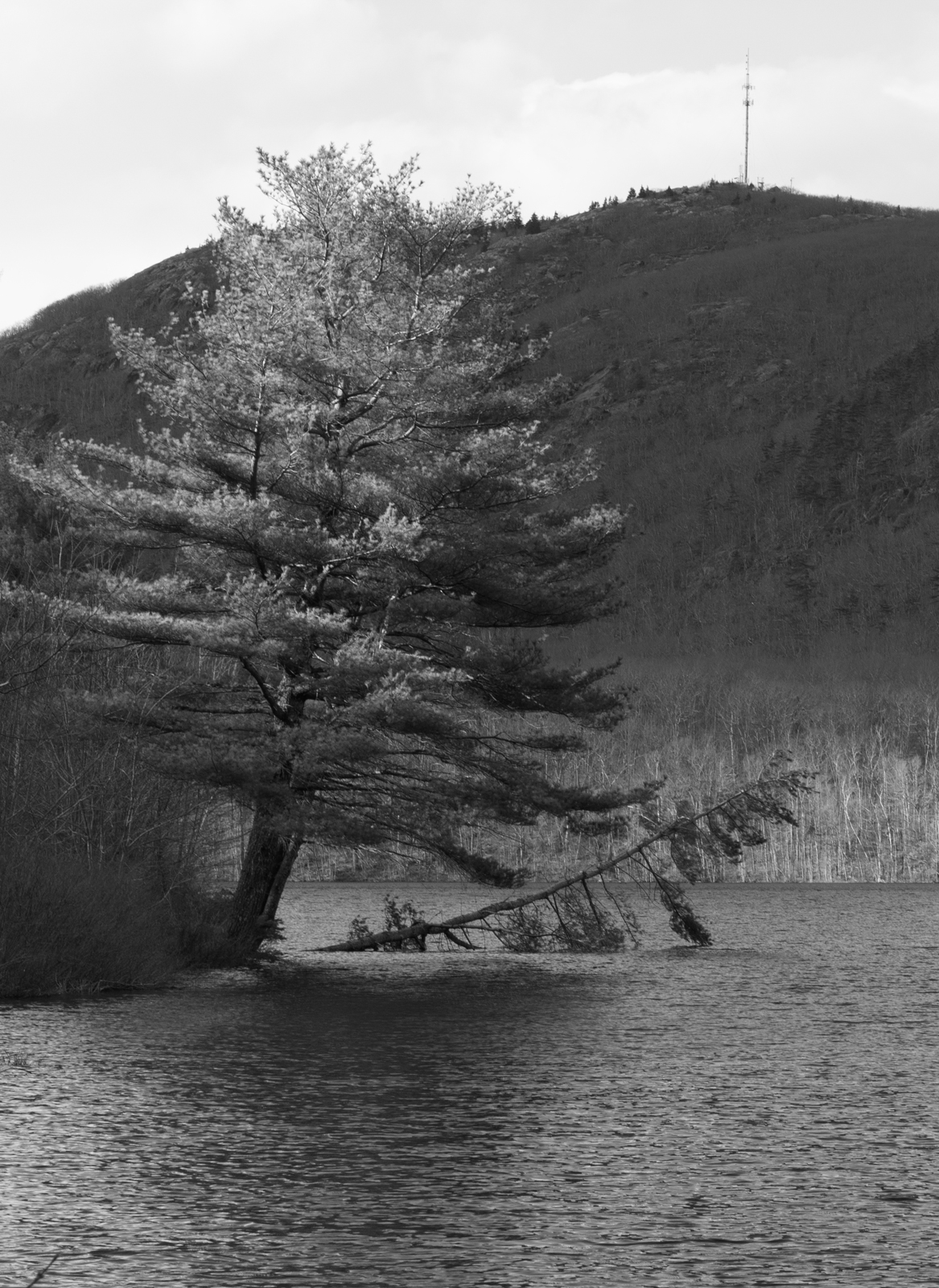
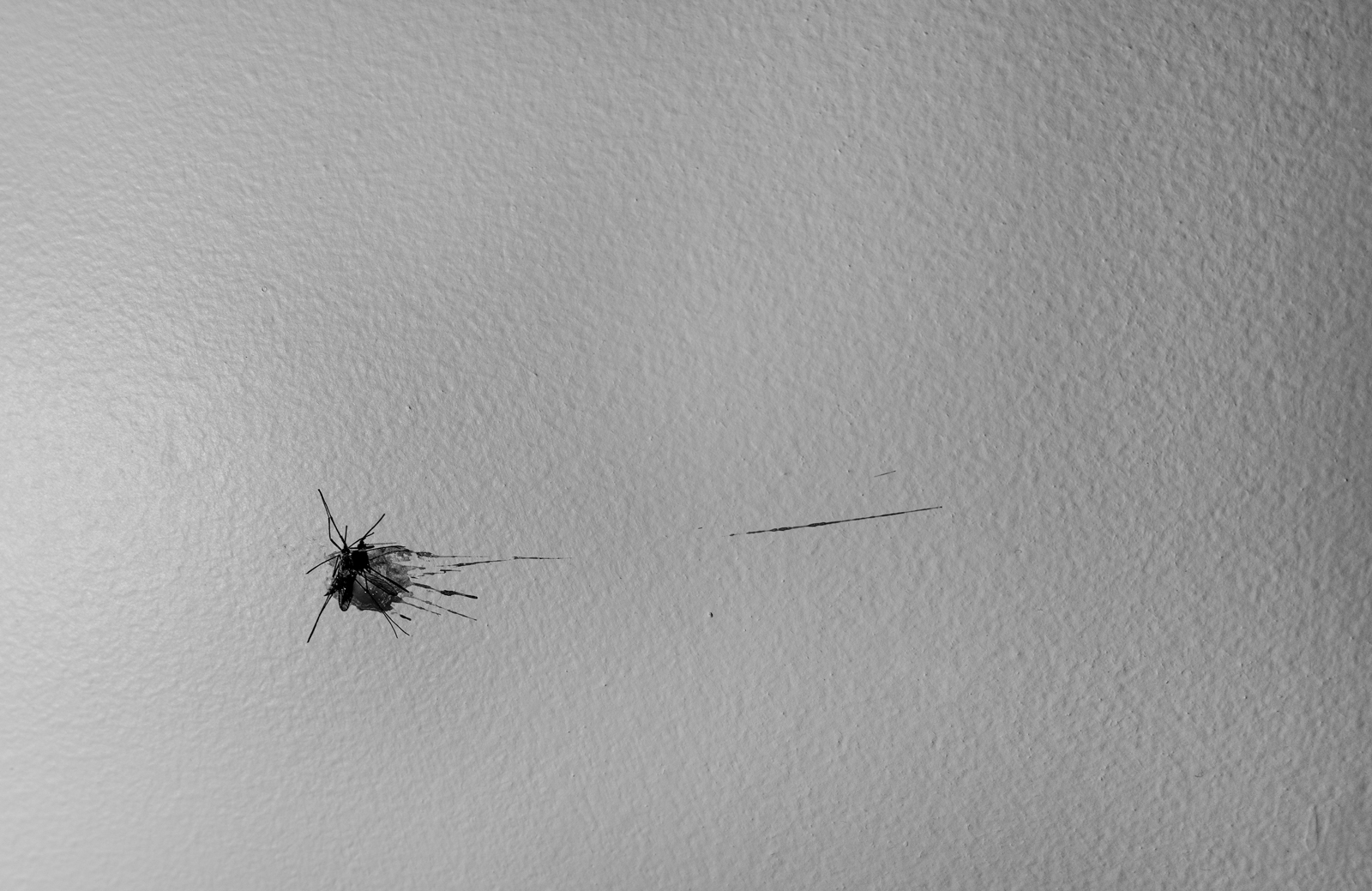



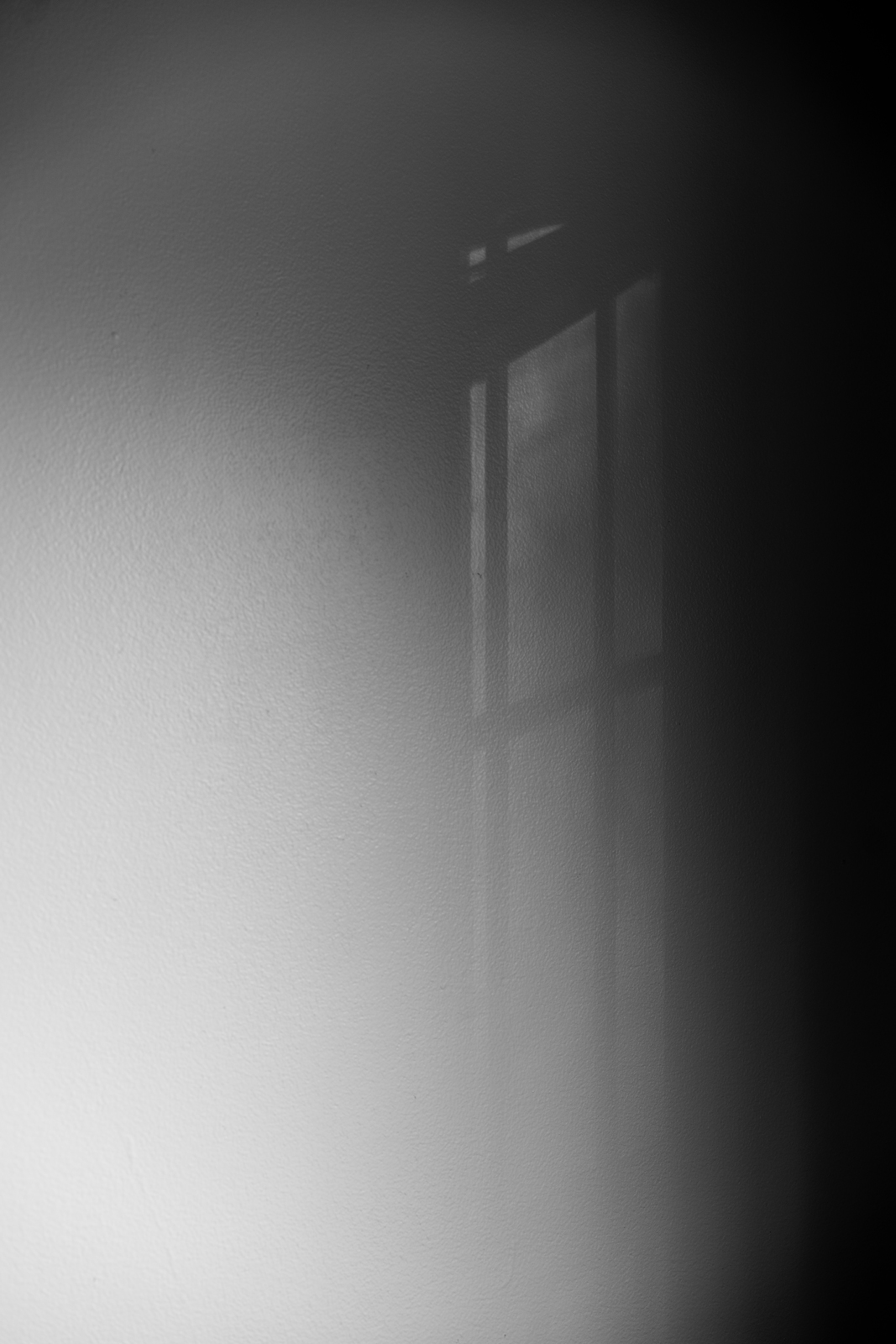
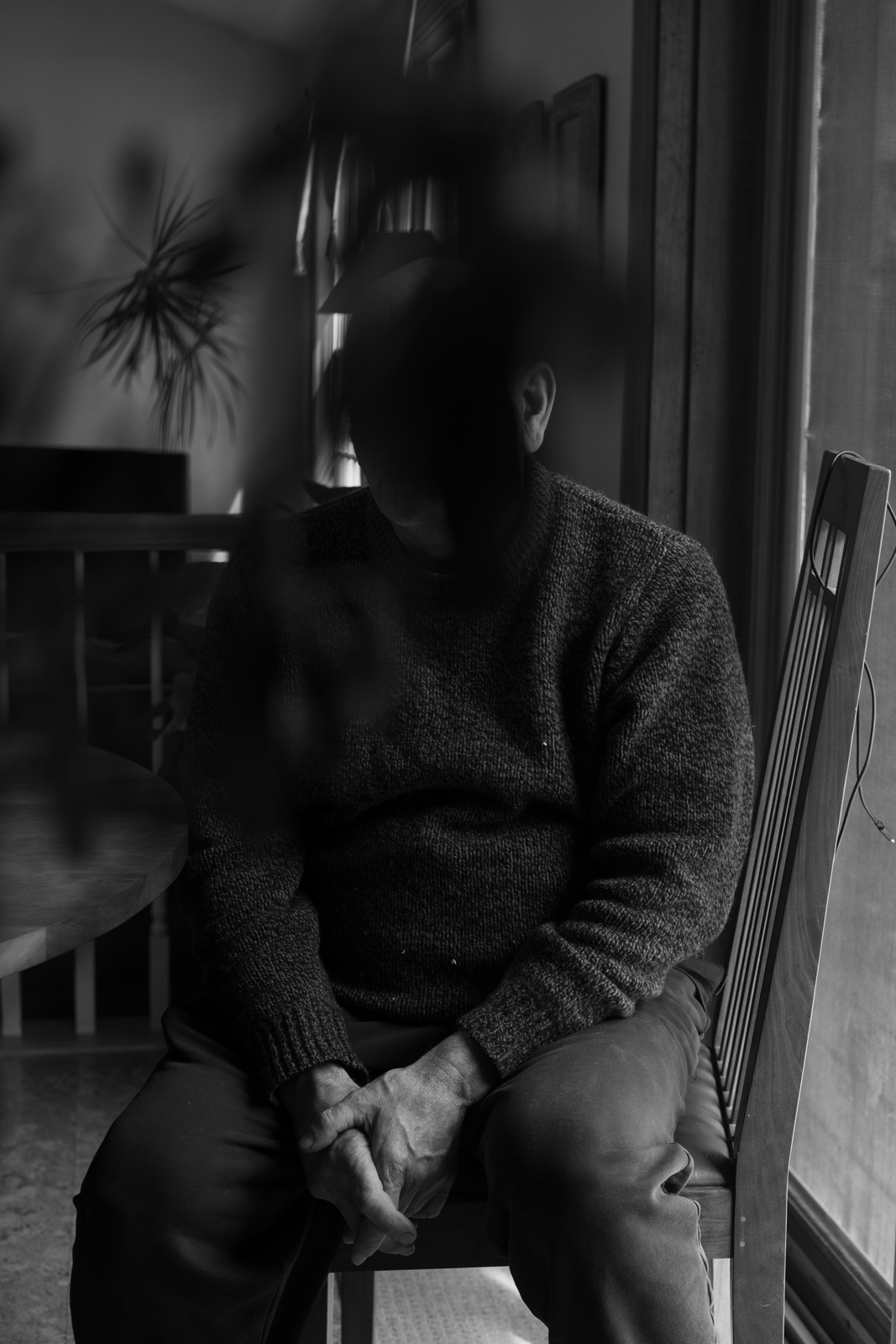
























biography
Born in Rockland, Maine, Colby Hill (he/him) creates images that represent his headspace and follow his emotional journey through grief, love, and the coming of age. In his current project, The Glow, Colby focuses on his environment, family, close friends, and the quiet world that surrounds him in his day-to-day life. He is inspired by artists such as Jim Goldberg, Gregory Halpern, and Mike Brodie.
interview
Colby Hill in conversation with Hunter Hryckowian
HH: What draws you to photography instead of other forms of art?
CH: I like being able to take a piece of the world that exists and create my own artistic representation of that moment using the camera.
HH: Tell me about your work, why do you make the work that you do?
CH: I work a lot with portraiture, primarily in black and white. I like using screens of texture, reflection, motion blur, and dynamic lighting to emphasize the subjects of my work.
HH: What camera do you use?
CH: As of recently I’ve been using the Sony A7R 3 but my favorite camera to use is the Mamiya 7.
HH: What photographic processes do you like to use?
CH: Digital and darkroom.
HH: How is your work now different from your previous work at MassArt? Does your change in environment affect it?
CH: Right now I'm working with digital instead of film. I stopped working with film when I lost access to the darkroom as a result of moving home because of covid. My work used to be more documentary style, but now I'm more interested in making work that defines my headspace.
HH: Can you talk about your shooting process, such as lighting or setting, etc.? Did you encounter any problems while you were making photos?
CH: My shooting process is different for every image that I take. I consider myself to be a wanderer when it comes to photography. I don't normally set out with a specific vision in mind. Pictures just kind of pop out to me when I go to shoot.
HH: Can you talk about your decision to use black and white?
CH: I’m more in tune with the visual language of light and shadow than I am with that of color. I've also always preferred the aesthetic of black and white in my work as I feel it has a more accurate emotional representation of the way that I'm feeling when I'm making the work.
HH: What is your philosophy about analog vs. digital photography?
CH: I like both mediums. They render light differently. I personally think that film has a visual magic that digital will never be able to compare with, but I respect and use digital because of how easy to use and cost effective it is.
HH: Whose work do you admire? Who were you influenced by?
CH: My biggest influences are Jim Goldberg, Nan Goldin, and Larry Clark. I've always been interested in documentary photography and images of people that are living on the fringes of society.
HH: Does the environment play a role in your work?
CH: My environment drastically changes the way that I am feeling. Since my work is normally a representation of my headspace, environment definitely influences my pictures.